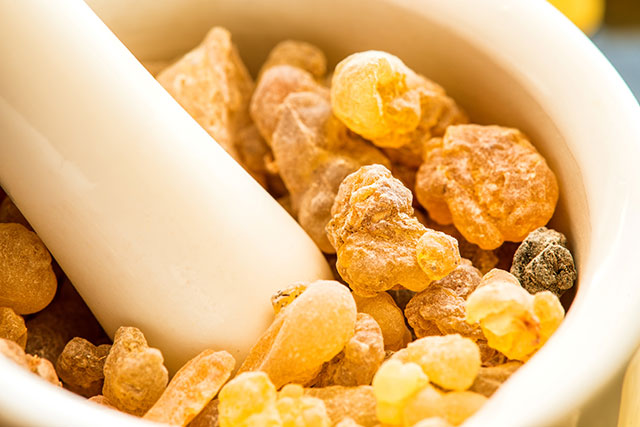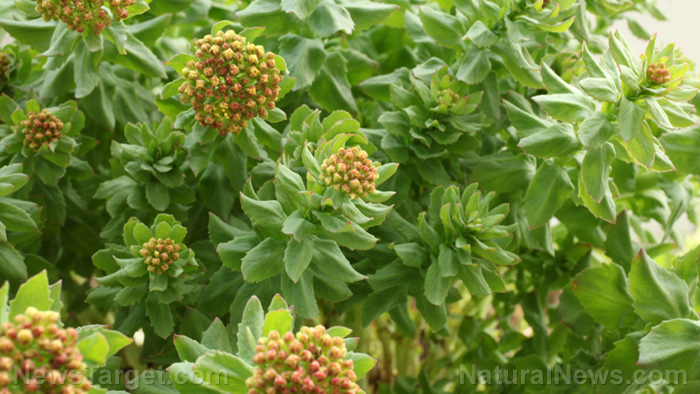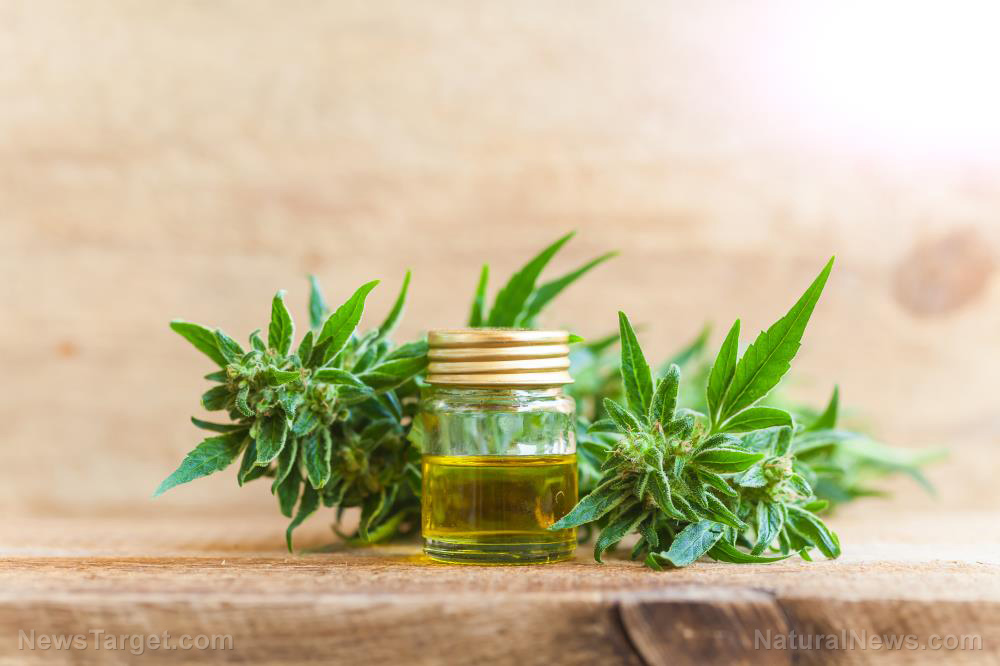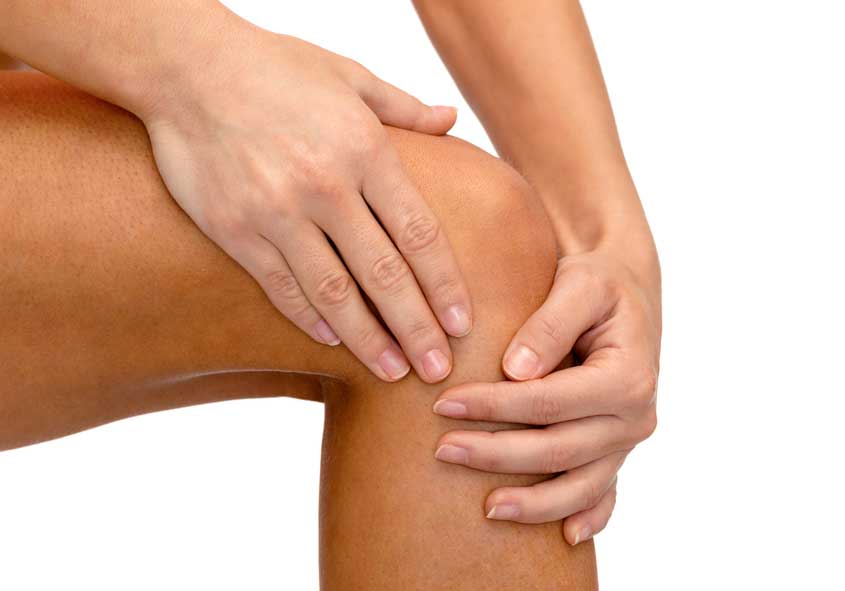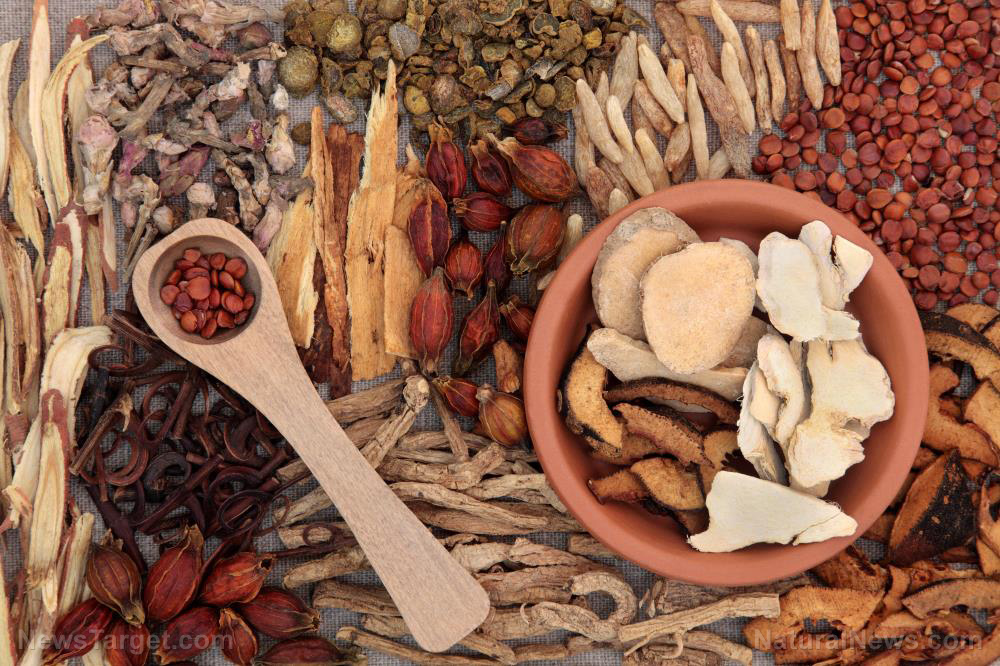Natural medicine: Yellow myrobalan shown to be a powerful anti-inflammatory
01/08/2019 / By Ellaine Castillo
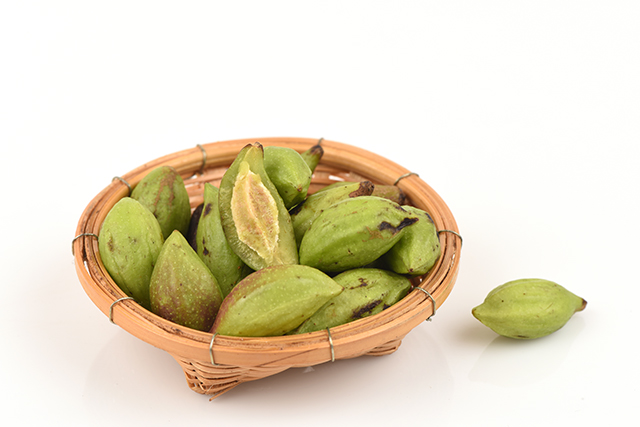
Plants and herbs have a long history of use in traditional systems of medicine as remedies for health conditions such as pain, inflammation, and fevers. However, the majority of these natural remedies have not been scientifically proven to be effective. Because of this, conventional medications such as non-steroidal anti-inflammatory drugs (NSAIDs) and opioids remain as the primary treatments for these conditions. The prevalent use of these medications possibly does more harm than good because they are associated with side effects such as increased tolerance and addiction. Moreover, NSAIDs and opioids cause various health problems involving the hepatic, renal, gastrointestinal, and cardiovascular systems.
The adverse side effects of conventional medications highlight the need for alternative remedies, which has led researchers back to plants and herbs with therapeutic potential. One such plant is the yellow myrobalan (Terminalia citrina), which is widely used in a traditional system of medicine in South Asia called Hikmat. Some of its traditional uses include treating asthma, diarrhea, constipation, migraine, bleeding, hyperacidity, anemia, wounds, heart problems, arthritis, fevers, and infections. From these folkloric applications, researchers from various universities in Pakistan wanted to determine if yellow myrobalan has anti-inflammatory, antipyretic, and analgesic activity.
In this study, which was published in the African Journal of Traditional, Complementary and Alternative Medicines, the researchers collected aqueous and ethanolic extracts from yellow myrobalan fruit and measured 200 mg/kg, 400 mg/kg and 600 mg/kg of each of them. These treatments were administered to male albino mice that were used for different experiments. Additionally, some mice were given 10mg/kg of the NSAID indomethacin or 150 mg/kg of acetaminophen to serve as positive control.
To determine any anti-inflammatory properties, researchers used the carrageenan-induced paw edema method. Eight setups were used for this experiment, with one group receiving a normal saline solution, one group serving as the positive control, while the rest received different concentrations of yellow myrobalan fruit extracts. After the treatments were administered, carrageenan was administered into the right hind paw of the mice to induce inflammation and the researchers proceeded to measure changes in inflammation at different time points. They found that the first group experienced an increase in inflammation while the mice treated with yellow myrobalan exhibited reduced inflammation. Moreover, the higher doses of the extracts led to more significant improvements in inflammation.
Another part of this experiment involved the acetic acid induced-writhing test. This experiment aimed to determine the pain-relieving property of yellow myrobalan based on the number of writhes exhibited by the mice. Results showed that indomethacin and yellow myrobalan significantly reduced the writhing of the mice in a dose-dependent manner, indicating that the latter has potential use as a natural painkiller.
Lastly, the researchers also determined the ability of yellow myrobalan to reduce fever, which they induced in mice using a brewer’s yeast suspension. After 18 hours, the mice were given either normal saline, acetaminophen, or various concentrations of the fruit extract. From this experiment, the team observed that acetaminophen was most effective in treating fevers. However, yellow myrobalan fruit extracts also caused significant improvements in body temperature, with the highest concentration exhibiting the most potent effect. This proves that the fruit has antipyretic activity.
Overall, the results of this prove that yellow myrobalan fruit extracts exhibit potent anti-inflammatory, analgesic, and antipyretic properties, which are observed to work in a dose-dependent manner. With further studies, this fruit can be developed into an alternative remedy for the harmful medications that are still widely used. (Related: More “folk medicine” holds up under scientific scrutiny: The fruit of an evergreen tree in Bangladesh found to reduce fever, pain, inflammation.)
For more articles about natural remedies for inflammation, visit NaturalMedicine.news.
Sources include:
Submit a correction >>
Tagged Under:
anti-inflammatory, antinociceptive, inflammation, natural painkiller, natural remedies, pain, Terminalia citrina, Yellow Myrobalan
This article may contain statements that reflect the opinion of the author
RECENT NEWS & ARTICLES
ArthritisCures.News is a fact-based public education website published by Arthritis Cures News Features, LLC.
All content copyright © 2018 by Arthritis Cures News Features, LLC.
Contact Us with Tips or Corrections
All trademarks, registered trademarks and servicemarks mentioned on this site are the property of their respective owners.

